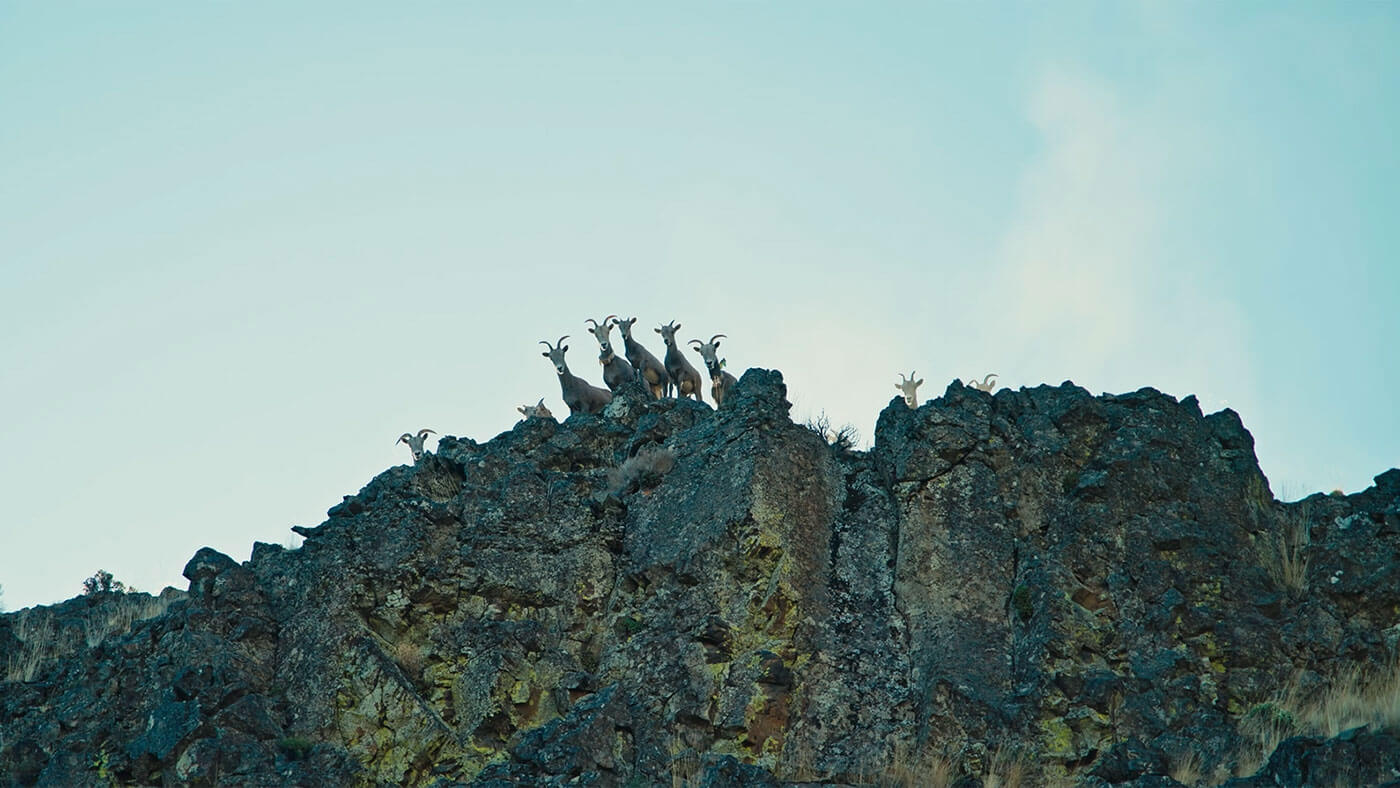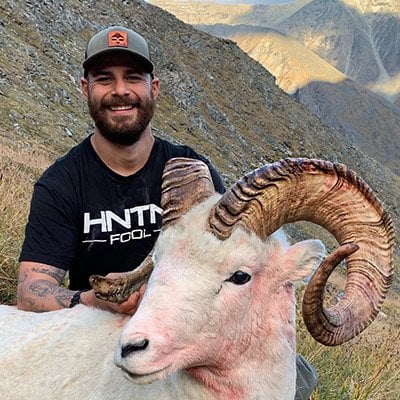- Savage Blog
- Wild Sheep Hunting: The Opportunity Ewe
Wild Sheep Hunting: The Opportunity Ewe

Hunting and conservation go hand in hand. You cannot hunt a sustainable species if they are not cared for by stewards of the land. And you cannot have successful conservation without the funding that the hunting and outdoors industry provides. When I share my passion for conservation, specifically for wild sheep, with people who do not understand the basic principles of conservation, I often get questioned about how I can care for wild game species and want to hunt them. The answer for me is simple, these species need hunting to sustain their populations.
My specific passion for conservation falls into a category that is not often explored by hunters. I believe Wild Sheep are one of the most fragile and spectacular species amongst ungulates. As an executive board member of the Oregon Wild Sheep Foundation, I spend most of my free time working for Sheep. Countless hours fundraising so we can pay for habitat improvement projects, trap and test/trap and transplants, collaring for data research, and assisting local and federal government agencies to continue to keep Wild Sheep around.

Most outdoorsmen don’t get the chance to hunt Wild Sheep in their lifetime, so they don’t participate in the conservation efforts focused on the species. A person must either be lucky and draw a once in a lifetime tag or they must be well-to-do financially to afford to book the hunt through and outfitter. The big misconception with sheep hunting and sheep conservation is that it is a “rich man’s sport”, and I want to debunk that myth.
Opportunity Ewe Hunts
Opportunity is often there if you look for it. You may not be able to purchase a sheep tag over the counter in many western states but there are hunts set up that give outdoorsmen better odds at drawing a sheep tag. As many hunters first introduction to hunting is with a doe deer or cow elk, the best introduction into sheep hunting is just the same. Ewe hunts are available in many western states and do not have as difficult of odds as a coveted Ram tag.

Here in Oregon, ODF&W introduced two different Ewe hunts in 2021 giving away 7 or so tags. They had roughly 250 applicants for the 7 tags. The following year in 2022 they gave out and increased number of 12 tags for the two different ewe hunts with a total of 670 applicants. For this year’s draw they have increased the tag count to 22 available tags. This opportunity is not the only ewe hunt in western states. Idaho, Montana, Colorado, and Arizona are a few states that provide this similar opportunity.
But why would you want to hunt an Ewe more than a Ram? For most hunter’s that draw a sheep tag, it is most likely their first time ever hunting sheep. Typically most people don’t sign up for the Indy 500 the week before getting their driver’s license, so why would you do the same with a sheep hunt? Preparation and knowledge go a long way in sheep hunting. An ewe hunt is a great start to understand the dynamics of Wild Sheep, their habits, and how to successfully hunt them.
Not only is an Ewe hunt a great opportunity to be around and learn about Wild Sheep, it is also a conservation effort to sustain the population. Wild Sheep strive in herd sizes ranging from 200-350. Below those numbers they should be left alone to grow their population. Above those numbers they have a good chance of contracting and spreading the respiratory disease M.Ovi (Mycoplasma Ovipneumoniae). This disease is spread when domestic sheep and goats intermingle with Wild Sheep on public or private land grazing areas. Vaccinations that domestic sheep receive allow them to fight this disease with little effort. When Wild Sheep contract it, they typically have a die off. Along with the die off, there is a ripple effect of the infection which ends with poor lamb survival rates for Ewes who give birth to lambs when the ewe carries M.Ovi. This disease has a harsh effect on the species which is why many organizations work to keep domestic stock and Wild Sheep separated.

The best way to manage population size is by providing a successful hunt on the species. When herd sizes are over the sustainable management objective, state wildlife agencies typically offer more tags or additional tags for females. Knowing that Oregon hosts ewe hunts is a direct example that we have a sustainable California bighorn sheep population as well as provides opportunity for more people to get involved that would have never had the opportunity prior.
This is what conservation is all about, working for wildlife with the hope and dream of someday being able to hunt them due to the success of conservation efforts.

